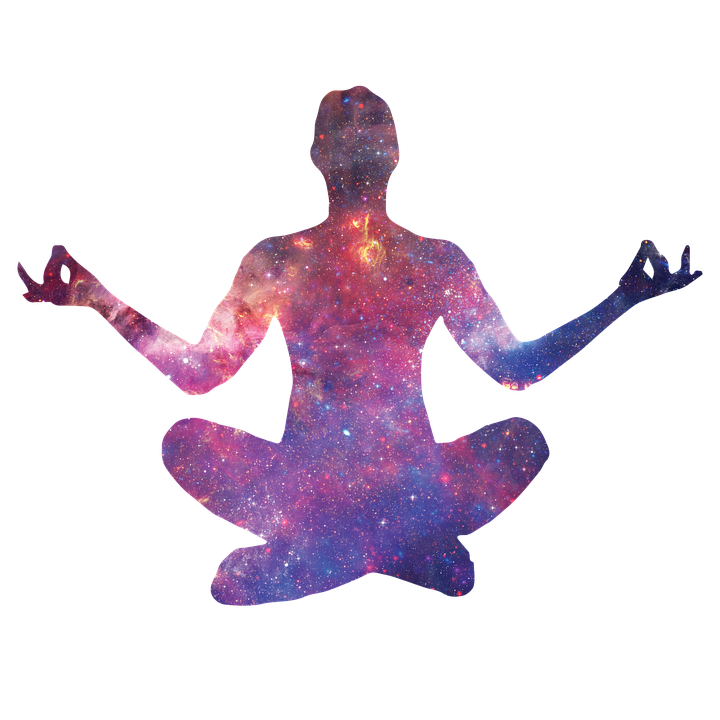Doing the traditional Indian and Tibetan greeting Namaste, you already practice yoga, unless of course you understand what this gesture means.
The best way to learn something is to see how others do it. So, the lot of DVD’s are there to guide How to do Namaste yoga. From this DVD you learn Namaste yoga. To buy a DVD click this link.
This post is dedicated to the mystical and practical meaning of Namaste.
Why do yoga practice start with Namaste?
- This is a method of concentration. Stop together. Hands together. Your body is centered, and this causes consciousness to come into balance. The mind calms down and you are ready for a focused practice.
- This helps to “include” a meditative state. The palms of the chest and the bow, like any slope in principle, at the physiological level are soothing. Hormonal mood changes: excitation of the nervous system, activity, is replaced by inhibition, contemplation.
- This is a gesture of humility. Humility in itself is a strong spiritual practice, the essence of which is in curbing the ego. The person no longer burns pride, the thirst for money does not make him dependent on a permanent job, the thirst for fame does not tear communication with other people. Being humble, a person throws off the framework that imposes selfishness on him.
Symbolically, gesture Namaste means complete humility and dedication to the Almighty. Have you ever wondered why Europeans with folded hands turn to God and the people of the East to each other? It’s just that Western culture has become accustomed to separating God from man, and the Eastern one is to see God in everything.
The classical translation of Namaste is the same: “I greet God in you.” “Namas” means bowing, willingness to serve (as well as praying for Muslims – namaz). “Those” to you. At the same time, “Na-Mas” means “not mine.” Together with the palms of my heart it means: “All that I have” is not mine, I am ready to bring this to God who is in you. Do you understand what this means if you are sincere? This means that by welcoming everyone you fill yourself with determination to give everything that you are asked for.
At the same time, you can lose something, but you gain more – you become calm and happy. How does this happen? It’s just that you get used to the realization that everything is not yours, and stop worrying and being afraid of losing something. You do not scold your wife for a scratched car. You do not quarrel with your husband if he has spent his salary on a paraglider flight. You do not become covered with a cold sweat, noticing that you have lost your wallet. You will not hit the heat of the child when it spoils the TV. You generally cease to “sweat” because of material values.
You ask: what now, live in a cave, walk barefoot? Of course not. You use all the benefits of life, but do not suffer for them. Imagine how much relief for the nervous system? And what value do you become in the circle of people and at work? Happy, unselfish, ready to come to the rescue … Yes, your boss is the first to talk about raising wages. He will not find such an employee anywhere else! And all the small imperceptible gesture Namaste.
Similar welcome symbols are also found in other cultures. In the old Russian greeting, for example, the hand is put to the heart and makes a bow, sometimes to the very ground. This shows complete humility, a readiness for complete self-giving, coming from the heart.
How to make Namaste
Welcoming the equal, in the Indian tradition it is customary to fold the palms of the chest (from the heart). Welcoming the important master or teacher, you should fold the palms of your face (which means that you are bowing before him with your body, heart and mind). Welcoming the Guru or God, one should fold his hands over his head, bringing him all the levels of his being.




